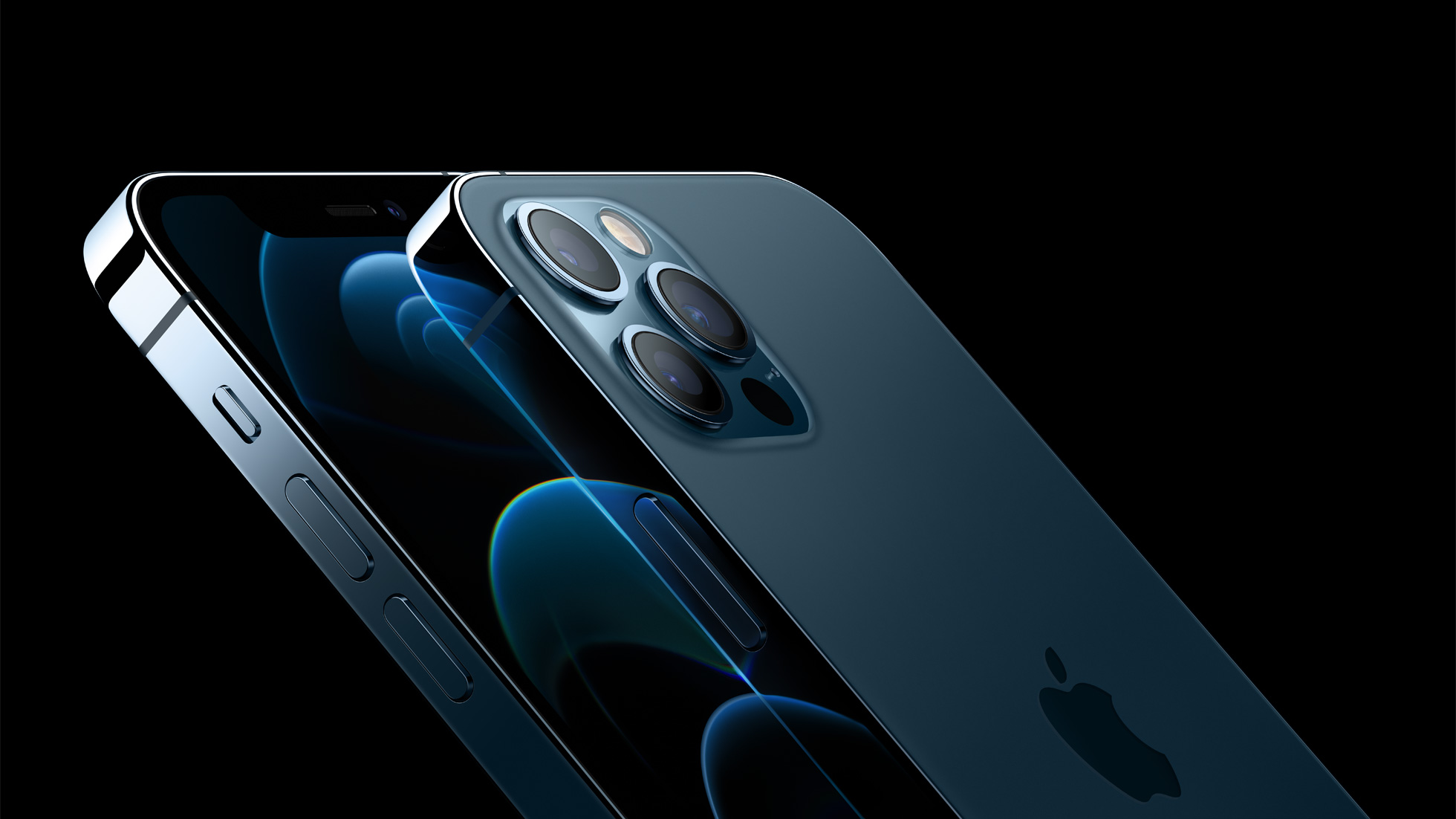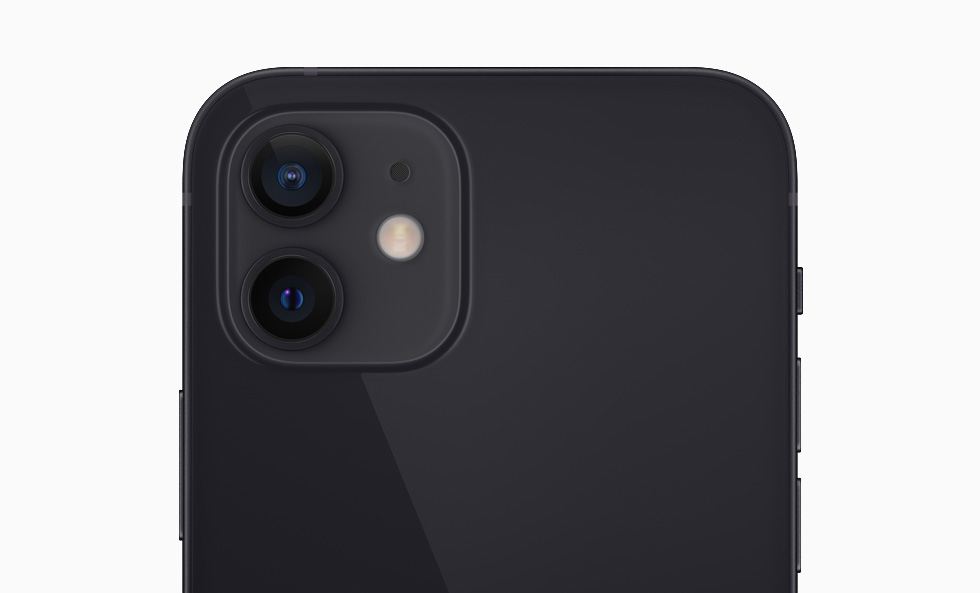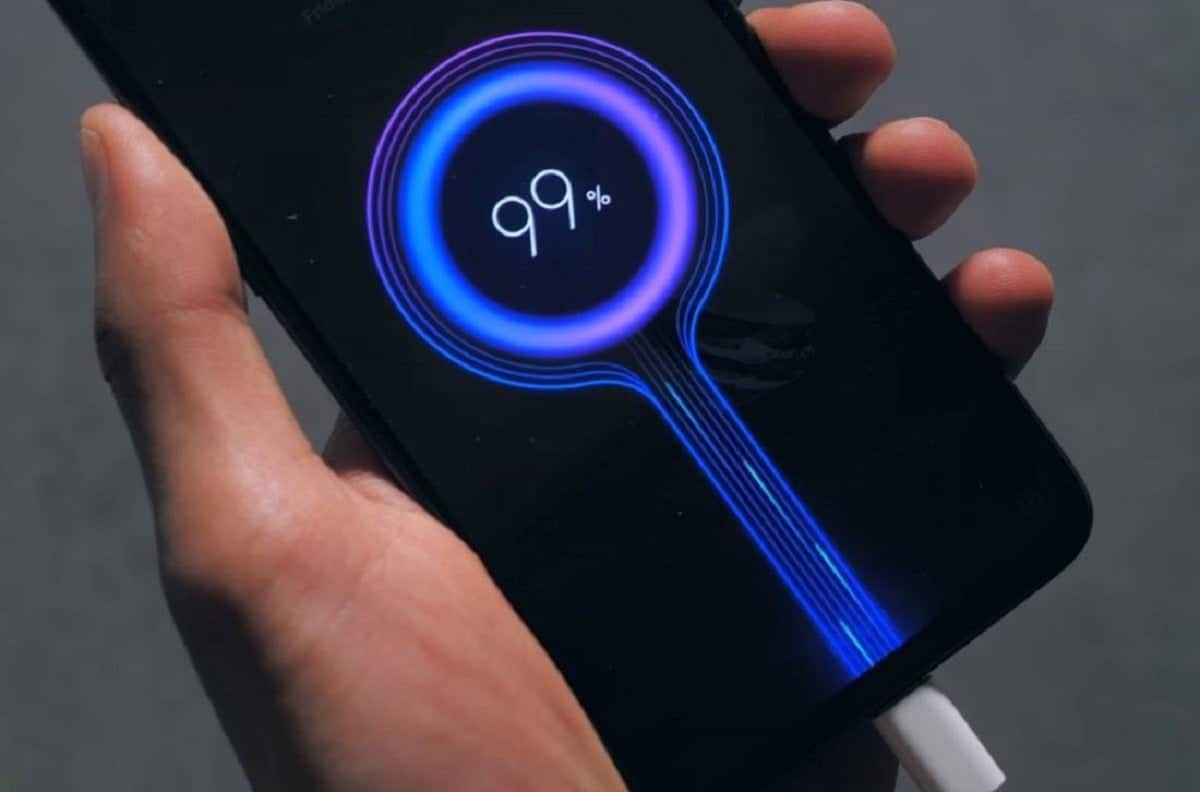Last Updated on April 18, 2021 by Asif Iqbal Shaik
Buying a used smartphone can save you a lot of money. It is usually a good trick to go by if you like a particular smartphone, but your budget doesn’t allow buying a brand new one. However, you have to be extra careful while buying a used smartphone. Not everyone maintains their smartphone as well as you and I do, so it can have various external and internal defects (and/or imperfections). Moreover, some problems may only surface after you’ve made the purchase and used the phone for a while. In such cases, your trick of getting a good smartphone for a much lower price quickly turn into a nightmare. However, with a little due diligence, you can steer clear of bad used smartphone deals.
In this article, we will explain which important smartphone aspects you should check while buying a used device, and how to do it well.
What To Check While Buying A Used Smartphone?
A used smartphone can have dents, scratches, and scuffs, but they are not the major problems you should be worried about. Used devices can be much bigger problems that aren’t exactly noticeable at the first glance. Whether you are buying a used smartphone directly from the original owner or from a local smartphone store, here’s what you should check before buying a used smartphone.
Things to Check While Buying a Used Smartphone in India
- Body Condition: Carefully check for dents, scratches, scuffs, and gaps in the seams.
- Display: Check for cracks on the screen. touchscreen issues, and dead pixels on the display. To check dead pixels, open a completely white image on the phone and closely notice as many pixels as you can to check if any pixel is not working.
- Speakers & Microphone: Dial a call to check if the earpiece, microphone, and speaker are working as they should.
- SIM & MicroSD Card Slots: Insert SIM cards in both the SIM slots and check if you can call using both the SIM cards. Also, carry a microSD card with you to check if the phone can detect it if it.
- Network Performance: Check if the phone is receiving enough signals and calls are clear. Also, check if the phone can receive mobile data.
- GPS, Wi-Fi, Bluetooth: Open Google Maps to check if GPS is working. To check Wi-Fi, turn on your own phone’s Wi-Fi hotspot and connect the phone you’re checking to the hotspot and load a YouTube video or a webpage. To check Bluetooth, try to connect it to
- Battery Health: The battery shouldn’t be swollen and try to check if the phone shows battery health reading from the settings menu or via the company’s official app.
- USB Port & Charging: Check if the phone’s USB port doesn’t feel loose or worn out when connecting a cable. Also, check if the phone is charging properly
- Charger & USB Cable’s Condition: Check the condition of the charger and USB cable inside the phone’s box.
- Purchase Date & Warranty Status: Prefer a phone that has a warranty or an extended warranty period left. Moreover, we don’t recommend buying a phone that is more than three years old.
1. Physical Condition
First, start off by checking the phone’s physical condition. Notice if it has scuffs, scratches, dents, or discolouration of the frame or the rest of the body. Minor scuffs and scratches are okay, but large dents are not. A large dent could shake up the device’s internal components (which are usually tightly packed inside the body), resulting in the malfunctioning of one thing or the other.
You should also notice if the phone’s seams (the area where the front and rear parts of the phone meet) look uneven or have irregular gaps. If there are gaps in the seams or if you can notice a glue-like material in the seams, it means that the phone has visited a service centre one or more times. It is better to stay away from buying such devices.
2. Display & Touchscreen
A smartphone’s display is one of its costliest and most important components. Hence, it is imperative that a used smartphone’s display should not have any issues. Even if the phone’s screen looks fine, it can have three major types of issues: You can check if the display’s touchscreen is working well by using the phone and swiping all over the screen to check if all the areas on the display are responding as they should.
If you can, download the multitouch tester app from the App Store (on iPhone) or the Play Store (on Android) and touch the screen using one, two, three, and four fingertips simultaneously and glide them over the screen. If the fingers are being recognised and tracked properly, things are good. If the screen is having issues in recognising or tracking multiple fingertips at once, try to stay away from the phone.
To check if the phone’s screen has dead pixels, download and open the image listed below in fullscreen mode. Then, carefully check if all the pixels are working and showing the intended white colour. If any pixel is not working or showing a colour other than white, the screen has issues.
3. Cameras
To check if the cameras on the smartphone are working fine, open the camera app and take pictures and record videos using each of its cameras (front and rear). Capture images of both near and far objects to check if the autofocus is working. After clicking the pictures and recording videos, play them and check if they are sharp.
Some phones have cameras with OIS (Optical Image Stabilization) feature, which helps them in capturing brighter and sharper images in low-light conditions and jerk-free videos. However, OIS can go bad if the phone made a sharp fall or is subjected to constant vibration. Faulty OIS leads to wobbly videos and softer images. So, check if the phone has OIS related problems.
4. Speakers & Microphones
Modern smartphones have multiple loudspeakers and microphones. To check if the microphone and primary earpiece are working well, use the device to make or receive a voice call and then notice its quality. You should be able to hear the voice from the earpiece clearly and your voice should be conveyed clearly to the person on the other side of the call. Alternatively, you can use the voice recorder app on the phone to record a few seconds of your voice and play back the recording to check the quality.
To check the quality of the loudspeaker, play a music track or a video from YouTube or the built-in music player. A defective loudspeaker can sound extremely tinny, hollow, or funky. If you can hear everything properly, it’s all well and good.
5. Headphone Jack
If the phone has a dedicated 3.5mm headphone jack, carry wired headphones with you and connect them to the smartphone. Now, play a music file, a YouTube video, or make a call, and then check if the phone is able to play audio through the headphones and use its microphone.
6. SIM & MicroSD Card Slot
Since most smartphones in India have a dual-SIM card slot, carry two SIM cards with you. While checking out the phone that you intend to buy, insert those SIM cards in the phone and make or receive a call using both of them to check if both SIM cards are working properly.
Moreover, if the phone has a microSD card slot, insert a compatible memory card and check if its files are showing up. If possible, try moving some files from the memory card to the phone or vice versa to check if the data transfer is working properly.
7. Battery Health
A battery is a vital part of the phone. After a year of usage, only 85% to 90% of the phone’s original battery capacity remains. Hence, check if the phone’s battery health is not lower than 75% of its original capacity. To do that, the process varies depending on the smartphone’s brand. Here’s how to do it on smartphones from some popular brands:
- Apple: Settings > Battery > Battery Health
- Samsung: Install and open the Samsung Members app on the phone. Once you open the app, tap on Go to Phone care > Interactive Checks > Battery and then check if its Life is Good.
- Xiaomi, Mi, POCO: On smartphones from Xiaomi, Mi, and POCO, you can open the Phone app and dial *#*#6485#*#*. A battery and charger info menu appears and shows a list. In that list, check numbers written in front of MF_05 and MF_06 entries. Now, follow this simple mathematics formula to check the phone’s battery health: (MF_05) ÷ (MF_06) × 100 and you’ll get a percentage number.
- OnePlus: Download and install the OnePlus Diagnostic app, open it, and click on View Battery Stats. Now, check the number mentioned in the Battery State section.
Unfortunately, there’s no easy way to check battery health on smartphones from other brands.
8. Bluetooth, GPS, Mobile Data, & Wi-Fi
To check the wireless connectivity features of a smartphone, you have to check whether Bluetooth, GPS, mobile data, NFC, and Wi-Fi are working properly.
- Bluetooth: Connect wireless earphones via Bluetooth and listen to music or make a voice call. Notice if the audio is sounding right.
- GPS: Turn on GPS and open Google Maps or any native maps or navigation app (like Apple Maps). Now, find your own location and add a navigation route to any popular place. Check if the app is working fine and showing your correct location data.
- Mobile Data: Once you insert a SIM card, turn on mobile data settings and disable Wi-Fi on the smartphone you intend to buy. Once, the mobile data connection is active, try to load a couple of websites or play a YouTube video.
- Wi-Fi: Now, turn on Wi-Fi and disable mobile data from the Settings menu. Now, try to browse a few known websites or play a YouTube video.
9. Charging & USB Port
A lot of old smartphones suffer from USB port issues such as the phone not being able to charge or unable to transfer data. Sometimes, the USB port is worn out and faces loose connection issues.
To check if something is wrong with the phone’s USB port, either attach a USB OTG pen drive or connect the charging cable to the microUSB or USB Type-C port. If the pen drive is being detected and if the charging cable continues to charge the phone without any problem or loose connection, you’re good to go ahead.
10. Charger, USB Cable, & Headphones
Now, coming to the last part of inspecting a used smartphone, check the condition of the bundled accessories, including the charger, headphones, and USB cable. The charger adapter should be able to charge the phone at proper speeds, shouldn’t have bent pins, or any damage marks. The USB cable should ideally not have any cuts or damaged ends. While checking bundled earphones, check if both earbuds are working by playing music or by making a call.
11. Bill, Warranty Slip, and IMEI Number
Demand the phone’s original bill and/or warranty slip. Prefer to buy the phone only if it was purchased from India (except if it is Apple and comes with an eligible international warranty plan). That’s because, if the smartphone was not launched in India, you will face issues related to its service if a part needs to be replaced. Service centres can deny servicing the phone if it was never launched in India because they might not have spare parts available for it or have the professional training to repair the device.
It would be great if the phone has some brand warranty left. If anything goes wrong with the phone on its own, you can get it repaired for free under warranty terms. It is okay even if it comes with an extended warranty plan.
Moreover, you should double-check to see that the IMEI number mentioned on the phone’s bill should match the IMEI number of the phone.
If you managed to test all the aspects of the used smartphone that you intend to buy, and if the phone passed all those tests, you can happily go ahead and buy it. You will likely not face any major hardware or software issue with the smartphone.




Discussion about this post